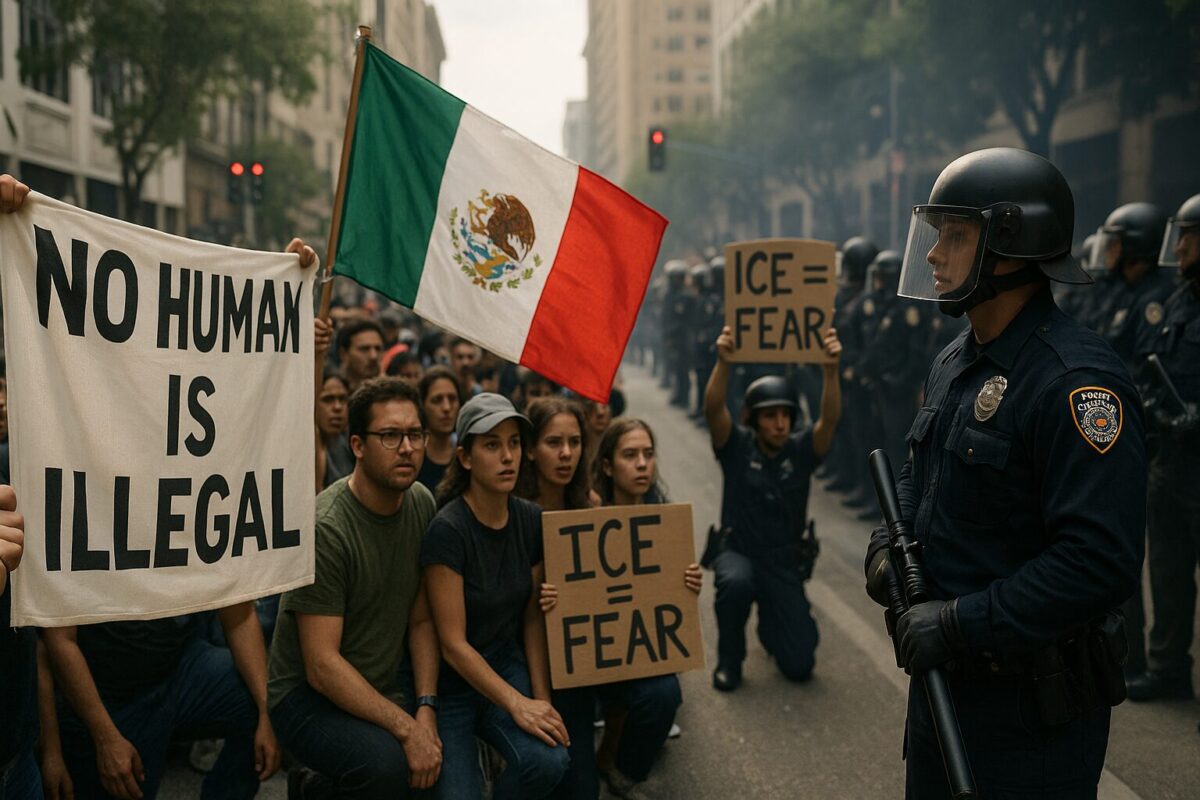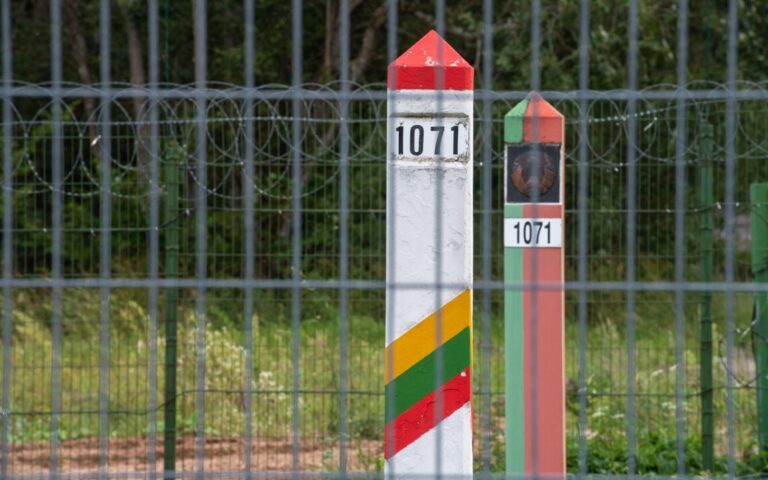
Anti-Migrant Raids in Los Angeles Spark Nationwide Protests
In early June 2025, the United States found itself once again caught in a familiar conflict: the line between security and human rights. This time, the spark came from a series of anti-migrant raids launched by the Trump administration in Los Angeles. What began as targeted arrests quickly escalated into mass protests, clashes with police, military deployment, and a legal standoff between the White House and the state of California.
What exactly happened — and why do these protests matter more than they may appear?
How It All Started
On the evening of June 6, 2025, U.S. Immigration and Customs Enforcement (ICE) initiated large-scale raids across Los Angeles, targeting neighborhoods like the Fashion District, South Gate, and Home Depot parking lots. Within hours, over 40 people were detained, including labor organizers and community activists.
One arrest in particular drew widespread attention: David Huerta, president of SEIU California, a prominent union advocating for migrant rights. His detention triggered an immediate public outcry — by nightfall, crowds began to gather in protest.
The Streets React
By the morning of June 7, the protests had spread.
- Demonstrators blocked intersections in downtown L.A.
- Many carried Mexican flags, along with signs reading “No human is illegal” and “ICE = fear”.
- Police moved in to disperse the crowds, and confrontations began.
In response, authorities deployed:
- Tear gas
- Rubber bullets
- Drones equipped with flashbangs
Over the following three days, police arrested more than 400 people — among them journalists, students, and volunteers distributing water and medical supplies.
The Federal Response
On the evening of June 8, President Trump announced the deployment of the National Guard to Los Angeles — without state consent. The operation included:
- 300 National Guard troops
- Over 700 Marines
- Armored vehicles, roadblocks, surveillance drones
This marked the first time in years that federal troops were deployed to suppress domestic protests without coordination from the state. California Governor Gavin Newsom called it a “violation of state sovereignty” and filed an emergency lawsuit with the U.S. Supreme Court.
Why It Matters Now
Though officially framed as immigration enforcement, the raids raised broader concerns:
- Legal migrants were arrested for lacking documents on hand.
- Arrests were carried out on private property without warrants.
- Law enforcement sealed off entire neighborhoods, creating de facto checkpoints.
The result wasn’t just fear — it was a profound erosion of trust. People took to the streets not only over immigration but also in protest of perceived injustice, state violence, and the disregard for civil rights.
Relevant
The Geography of Protest: Beyond California
By June 9, solidarity demonstrations erupted in:
- New York
- San Francisco
- Chicago
- Houston
- Denver
In total, protests occurred in more than 30 U.S. cities.
Demonstrators rallied outside city halls, immigration offices, and courthouses. While many protests were peaceful, some — notably in Portland and San Diego — faced police crackdowns.
What Are the Sides Saying?
- The White House: “We’re cracking down on illegal immigration. These protests are led by anarchists and leftists.”
- California officials: “This is a gross abuse of federal power and a constitutional breach.”
- SEIU union: “This is not just an attack on immigrants — it’s an attack on all workers standing up for their rights.”
What This Means
- Immigration Is Once Again Explosive Ground
Trump has returned it to the center of national debate — at the cost of heightened unrest. - Street Democracy Is Not Dead
Despite aggressive policing, people mobilized. That speaks to a deeper crisis of public trust. - The Battle Is Local as Much as Legal
The central figures now aren’t just politicians, but everyday people — teachers, organizers, unions.
What started as immigration raids under the banner of “border protection” has now evolved into the most intense domestic crisis of summer 2025. This is no longer just about immigration — it’s about the boundaries between law and force, safety and fear, state power and civic action.
And as is often the case, the real struggle isn’t playing out in official offices — it’s unfolding in the streets, in communities, among those who refuse to stay silent. Not because they feel strong, but because silence is no longer an option.
Based on verified reports from The Times, Time, Reuters, BBC, ICE, and the Office of the Governor of California.















